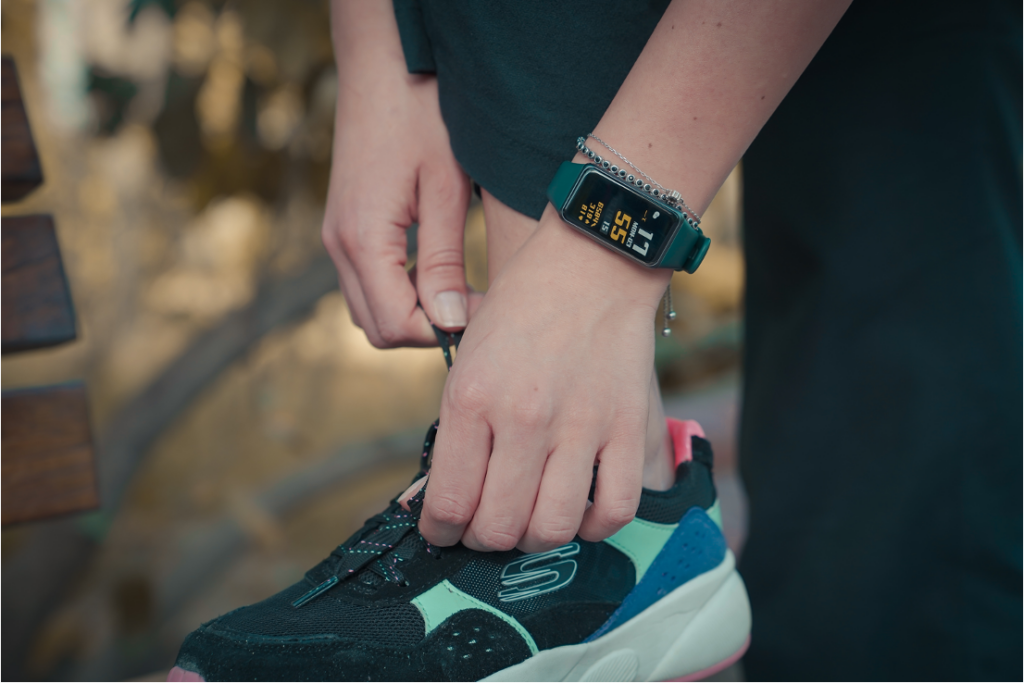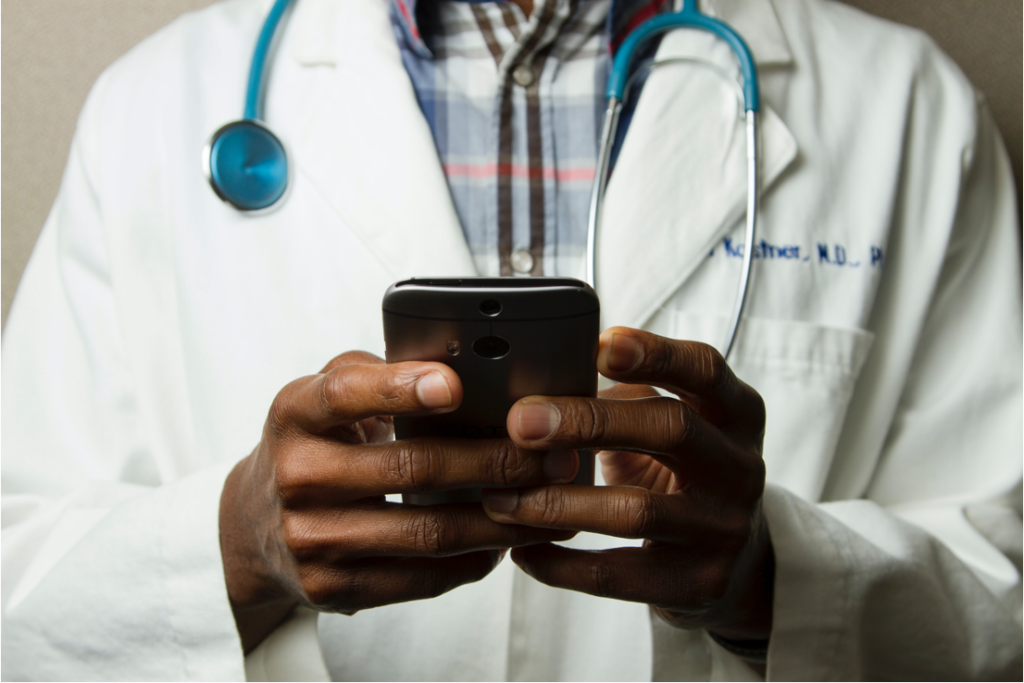1. Introduction
The coronavirus pandemic has forced healthcare providers to rapidly adopt new technology to care for patients remotely. Although remote patient monitoring (RPM) is not new, the pandemic has brought this technology into the mainstream to safely monitor patients outside of the hospital or clinic.
RPM is a type of health technology that uses sensors and digital devices to collect patient data and transmit it to a healthcare provider in real time. This data can be used to monitor a patient’s condition, detect early signs of deterioration, and provide timely interventions.
This article will provide a comprehensive overview of RPM, including its benefits, challenges, and future applications.

2. What is remote patient monitoring?
Remote patient monitoring (RPM) uses digital technologies, devices, and sensors to collect patient data, such as vital signs, sleep patterns, and activity, and send it to a healthcare provider in real time.
Using telemedicine, RPM can connect patients to healthcare providers from anywhere, providing a more convenient and effective way to deliver care. RPM technologies also help providers monitor their patient’s health more effectively, even when not physically present.
RPM is especially helpful for patients with chronic diseases who need to collect and transmit information about their symptoms or treatments often. Such health information includes blood pressure, oxygen level, blood glucose, heart rate, and weight.
The data collected can be used to provide personalized healthcare, track the progress of patients’ conditions, and provide early interventions or treatments. Overall, this can reduce the need for costly hospital visits and use of resources.

3. Why is RPM important after the end of PHE?
The CDC has declared the end of the Public Health Emergency (PHE). Nevertheless, Remote Patient Monitoring (RPM) is still crucial to provide healthcare and monitor remote patients’ health progress. After the end of PHE, RPM can play an even more important role in preventing illnesses, managing chronic diseases, and enhancing the patient experience. (https://www.cms.gov/files/document/physicians-and-other-clinicians-cms-flexibilities-fight-covid-19.pdf)
RPM offers numerous advantages to healthcare providers and patients, such as improved accuracy and data integrity with high-quality patient data, reduced costs due to fewer in-office visits, and direct connections with patients.
RPM also has the potential to detect symptoms earlier, which can make all the difference in preventing costly acute health crises. The immediate access to patient data offered by RPM allows healthcare providers to get a clear picture of the health of their patients. This can prevent their health from deteriorating and help them recover quicker.
With the emergence of digital health solutions, RPM has the potential to revolutionize healthcare and make it more accessible and effective for patients. Moreover, RPM provides greater access to health information which can improve screening and better care.
The two main changes we will see with the end of the PHE are this:
- Co-pays, deductibles, and coinsurance that may have been waived for RPM during the PHE will no longer be waived.
- A minimum of 16 days of readings a month, instead of two, will be required for the reimbursement of equipment rental.

4. What are the benefits of RPM?
Remote Patient Monitoring (RPM) offers many advantages to healthcare providers and patients that cannot be offered by traditional methods.
For healthcare providers, RPM helps them gain a comprehensive real-time overview of their patient’s health and identifies any areas where improvement is needed. RPM reduces costs for healthcare providers as it eliminates costly in-office visits and can direct patients to suitable medical care if needed.
In addition, RPM provides medical professionals with better insights into patient health and well-being, which can result in improved care and treatment plans. It also helps physicians track and react quickly to potential health crises, as RPM allows them to monitor patient health and detect symptoms earlier.
For patients, RPM allows them to be monitored in their own environment while allowing them to continue their routine activities. RPM also keeps their personal data secured, as patient data is collected, stored, and transmitted securely.
Therefore, RPM offers healthcare providers and patients many benefits, enabling them to make better and more informed decisions about their health.

5. How does RPM work?
Remote Patient Monitoring (RPM) technology helps healthcare providers monitor, manage and collect patient data remotely. The technology uses a variety of devices such as wearable sensors, tablets, and smartphones to collect data such as vital signs, location, activity level, and other health parameters. All the collected data is then transmitted to healthcare providers in real-time, helping them constantly monitor their patients.
The process can be broken down into three main steps-
1. Data Collection – The devices used for RPM collect data from the patient, which is then transferred to the healthcare provider.
2. Data Analysis – The collected data is analyzed and interpreted, helping healthcare providers identify potential health issues.
3. Communication – Once the data has been analyzed and interpreted, healthcare providers communicate the results to the patient, either directly or via their care teams. This helps them to understand the medical situation surrounding their condition, as well as the treatments or interventions that may be necessary.
RPM technology helps healthcare providers to keep an eye on their patients, even when they are not physically present. This helps them to monitor their patient’s health better and intervene before the situation deteriorates.

6. What are the challenges associated with RPM?
There are some challenges associated with RPM technology, including but not limited to the availability of reliable data, cost, and security or privacy concerns.
1. Data Reliability – As with any technology, the data collected from devices needs to be reliable. There is always the risk of data getting lost or misinterpreted, leading to inaccurate results and wrong conclusions.
2. Cost – RPM devices and technology are still relatively new and expensive. This can be a barrier for many people and healthcare providers when it comes to implementing the technology.
3. Security & Privacy – There are always concerns around personal data security and privacy when using RPM technology. Particular care must be taken to ensure that all data is stored securely and safeguards are in place to protect patient data.

7. Conclusion
The use of remote patient monitoring (RPM) technologies during the early days of the pandemic has resulted in data-driven solutions that have enabled healthcare providers to provide better care for their patients. RPM has allowed healthcare providers to monitor their patients remotely and gain insight into improving their health outcomes.
RPM has its challenges that need to be addressed if it is to be properly adopted and utilized. These challenges include reliable data collection, cost considerations, and security/privacy concerns. However, with the right implementation and use, RPM can help to provide better patient outcomes and improved quality and safety.
It is clear that while RPM is not a panacea, it promises to be an important component of healthcare delivery in the future. With further advancements in technology, RPM can continue to enhance healthcare provision and will likely become a part of the standard of care for many patients.




